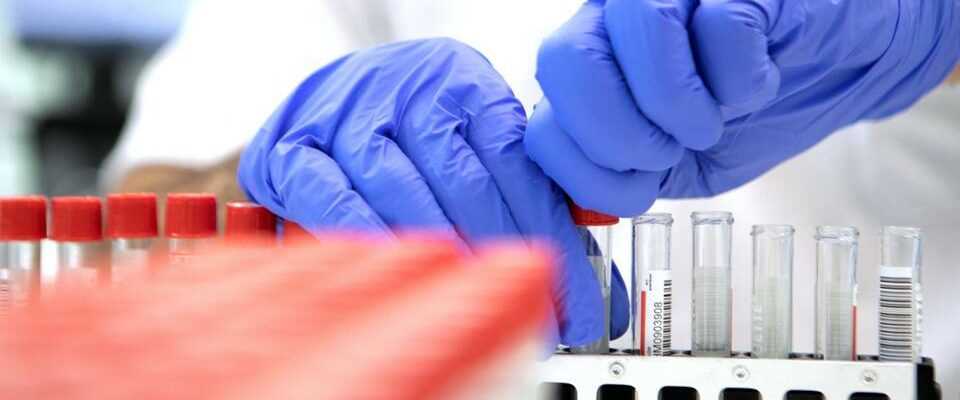The bacterium Escherichia coli, at the origin in France of a wave of contamination linked to Buitoni pizzas, can cause very serious cases in certain patients. In France, two children have lost their lives and around forty proven cases have been declared.
Although they are generally not dangerous to health, certain varieties of E.coli can cause poisoning. These are, most often, varieties “producing shigatoxins” as is the case in the recent wave of French contaminations.
These toxins produce intoxications which, in the majority of cases, are not serious and mainly result in stomach aches and diarrhoea.
The Public Health of Canada site has identified other symptoms in the event of an infection. First of all, an infected person may not be sick, but if they are, patients may experience: “nausea, slight fever, headache, vomiting, stomach cramps or diarrhea watery or bloody”, listed the organization.
In France, the health authorities also evoke “signs of great fatigue, pallor, or a decrease in the volume of urine, which becomes darker”.
First symptoms after 5 days
The first symptoms can appear from 5 days following exposure to the bacteria, and up to 15 days.
If these intoxications generally pass without damage in about ten days, they can in rare cases cause complications, above all in young children and the elderly.
This is most commonly referred to as “hemolytic uremic syndrome” (HUS). This usually results in acute kidney failure and serious blood problems, with the potential consequences of coma or death.
Among foodborne infections, salmonellosis and listeriosis cause significantly more deaths. The first in particular is the cause of several hundred deaths each year in France.
